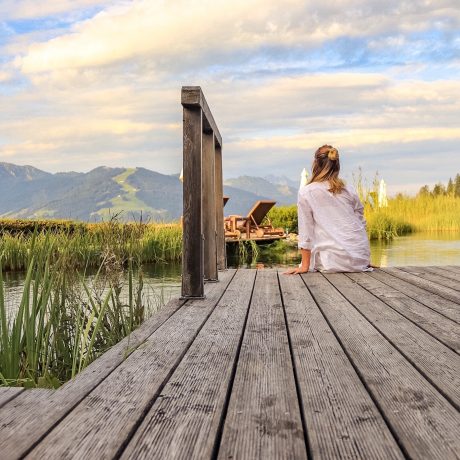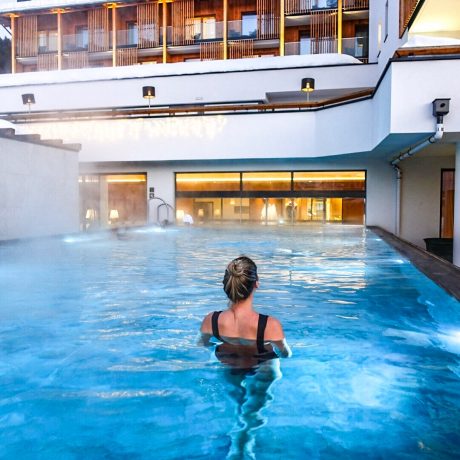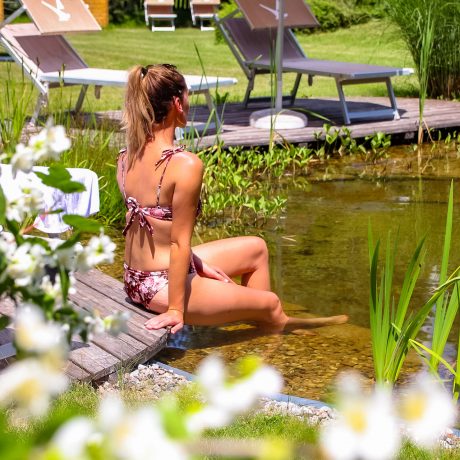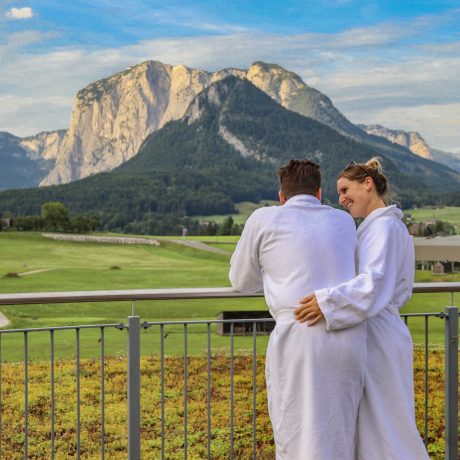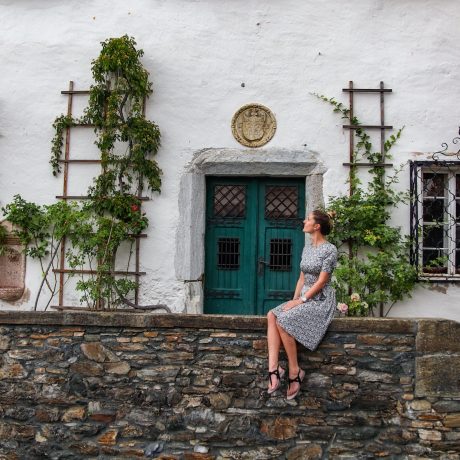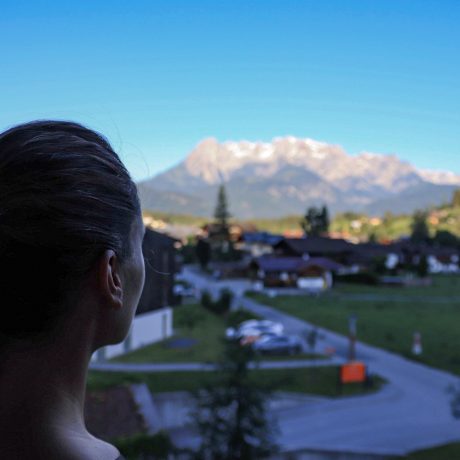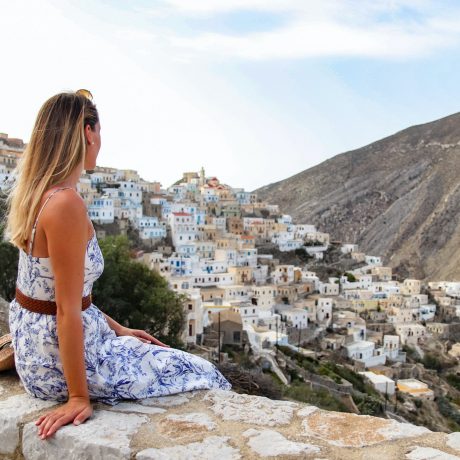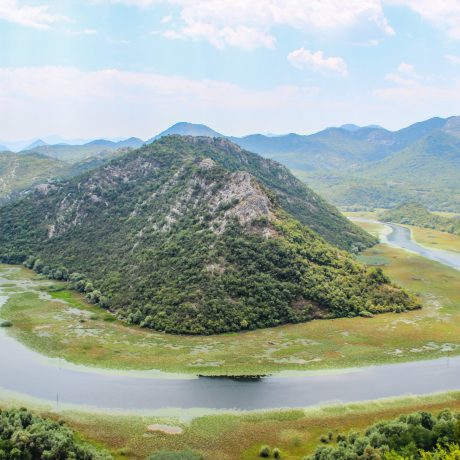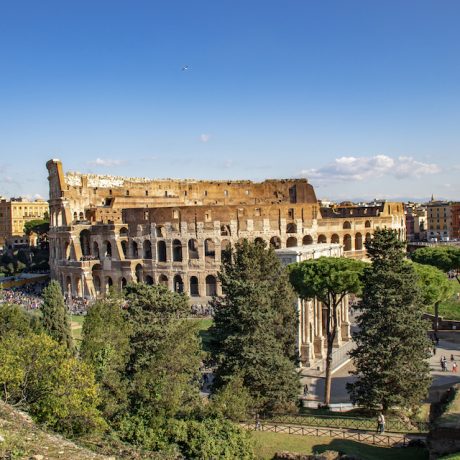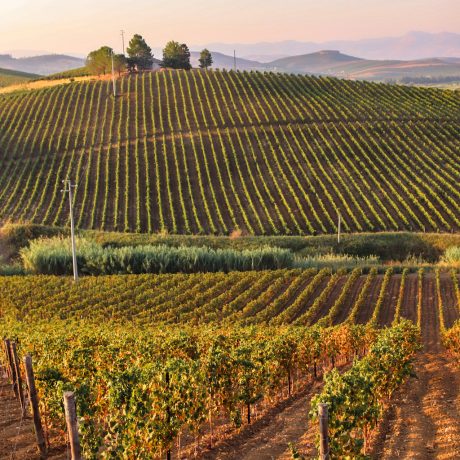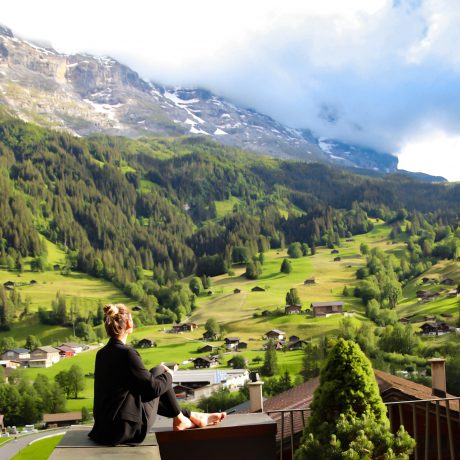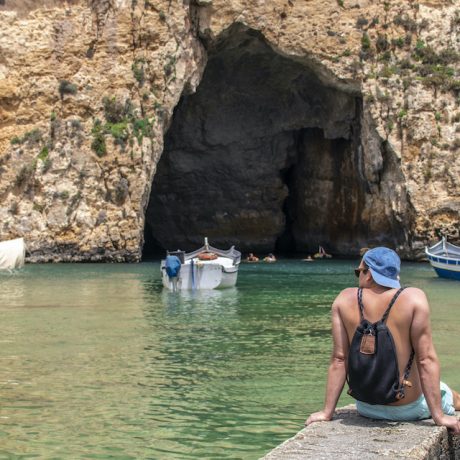Austria - our neighbor, our favorite travel destination. We love Austria.
We have been to Austria countless times because the border between Bavaria and Austria is only ten kilometers away from where we live.
Austria is the essence of everything we love. Excellent food, the Alps, great lakes and traditional handicrafts. As you have probably already read from the first lines, the sympathetic Alpine Republic is very important to us. Therefore our travel tips Austria may be a little more detailed than other travel tips.
Short Facts
Currency
Language
Deutsch
Inhabitants
8,859 Millionen
Price level
$$-$$$
WHY TRAVEL TO AUSTRIA?
Skiing in Austria
We love to descend the slopes in the soft powder snow and enjoy the view at lunchtime huts with Jagatee and Germknödel. In the Sportresort Hohe Salve [ad] in the Salzburg region we have found an ideal starting point for you.
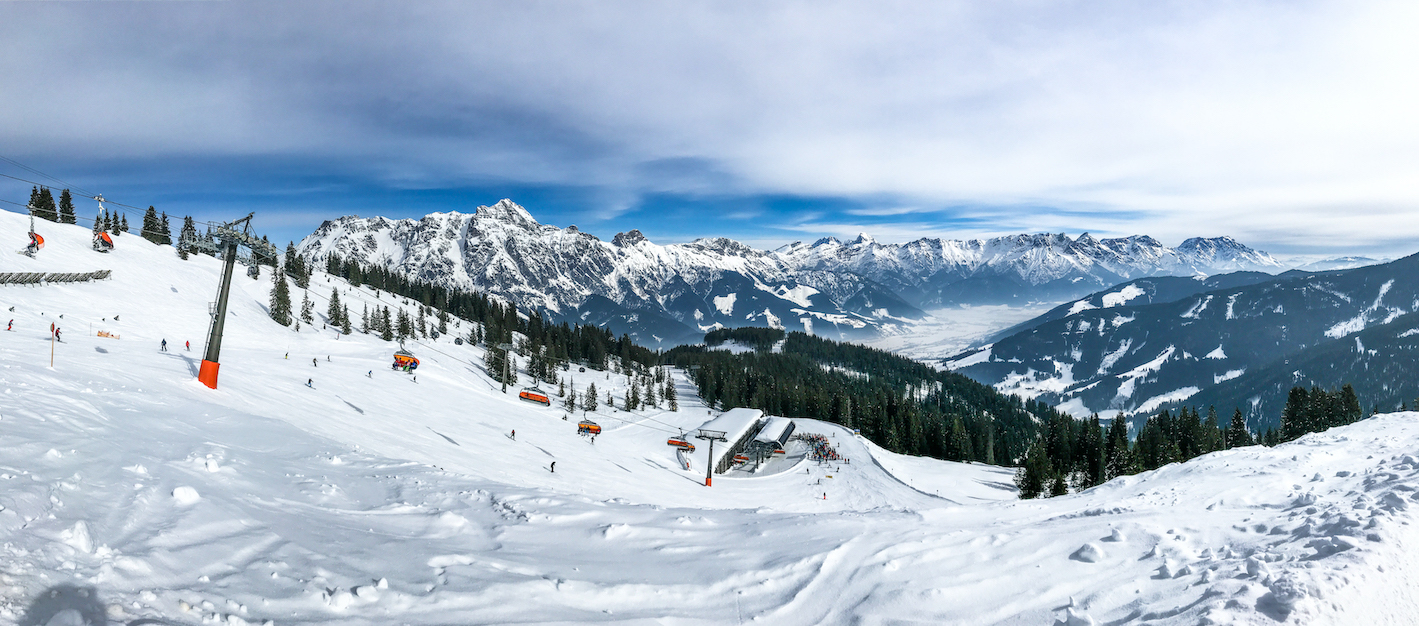
Hiking in Austria
These incredibly impressive mountains and the breathtaking lakes keep moving us to Austria. You can find wonderful hotels for hiking at WASNERIN in Styria or at the Travel Charme mountain resort [ad].
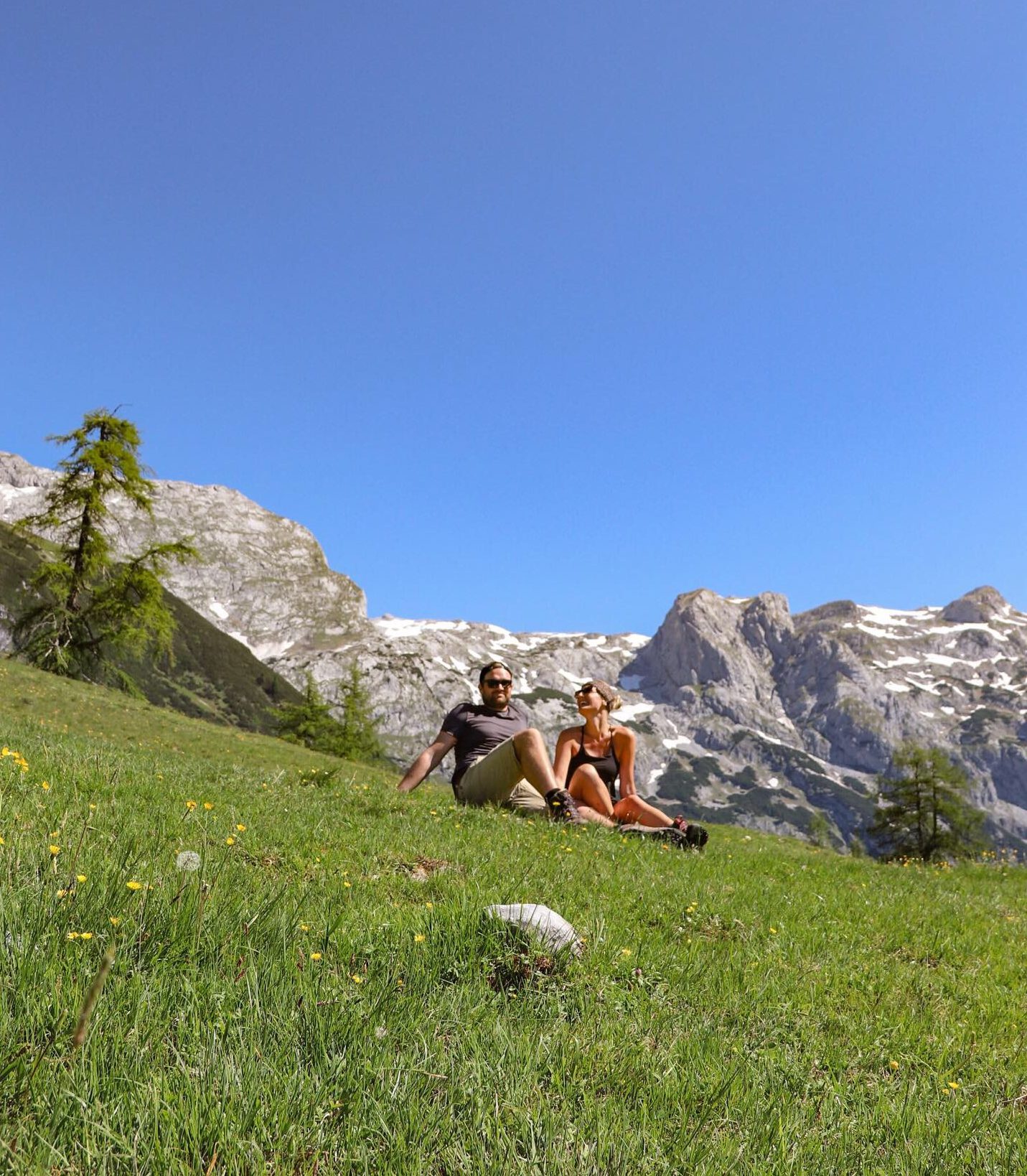
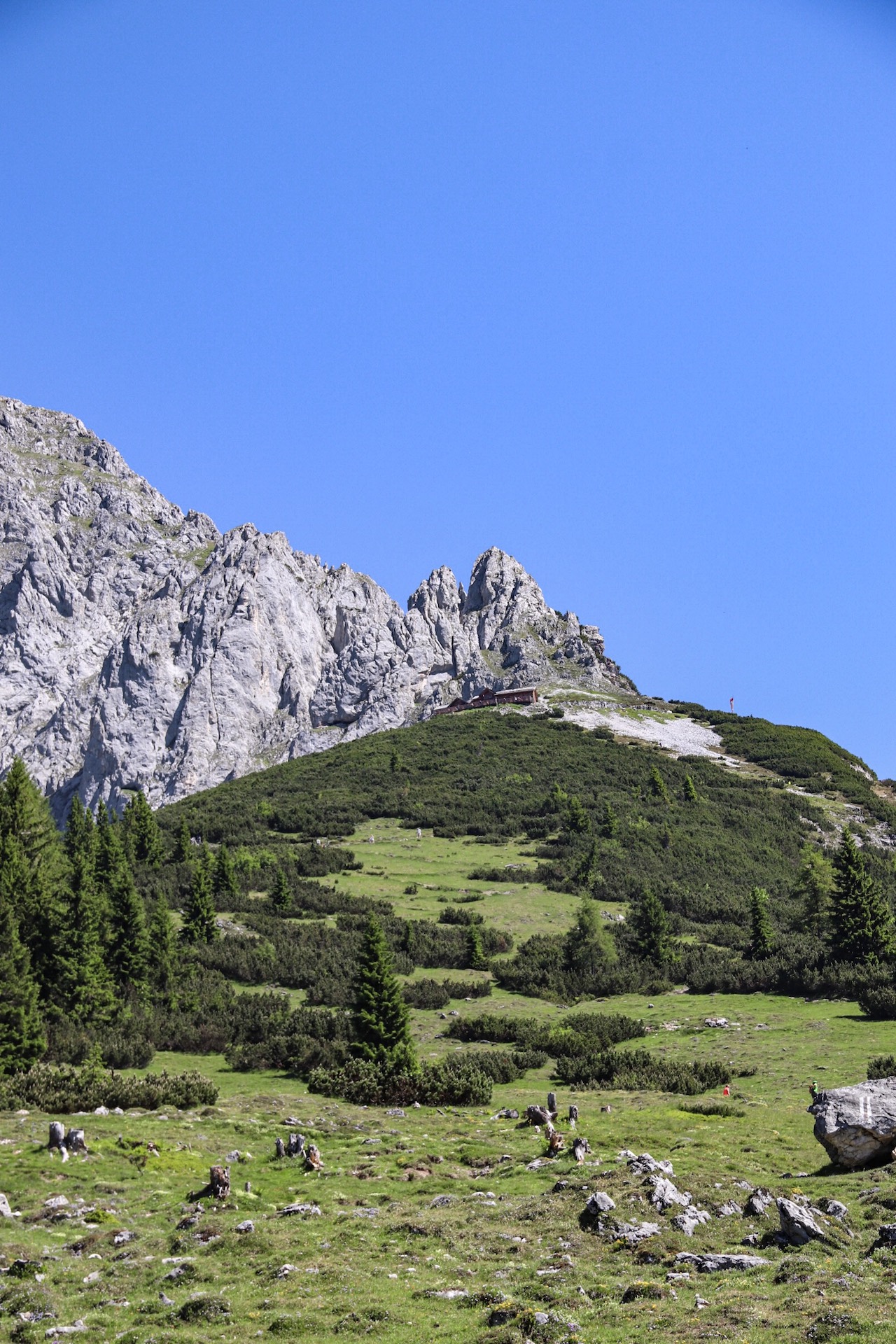
SPA and wellness in Austria
The wellness hotels in Austria are unparalleled worldwide. One in which we really felt extremely comfortable is the Naturhotel Edelweiss in Wagrain [ad].
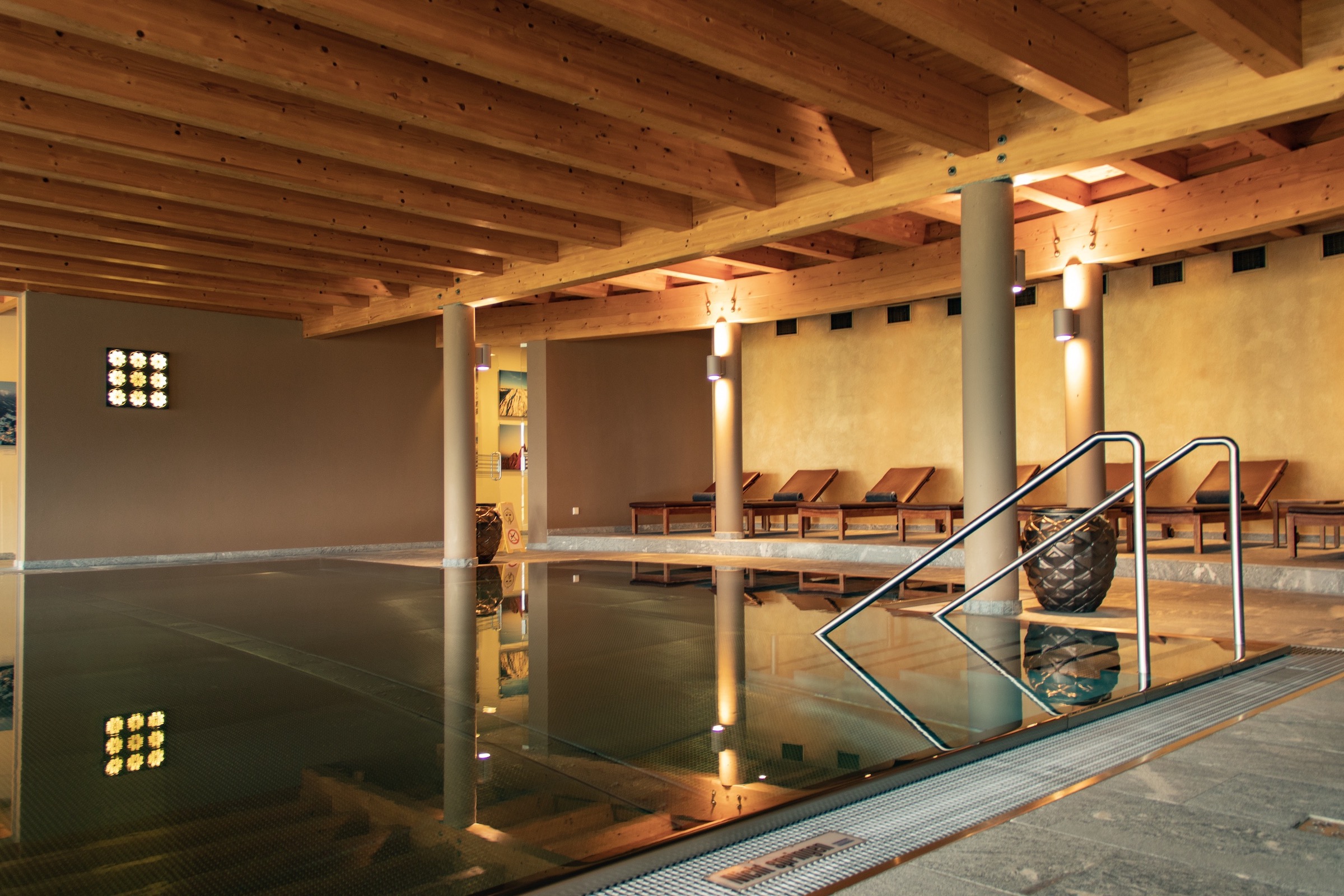
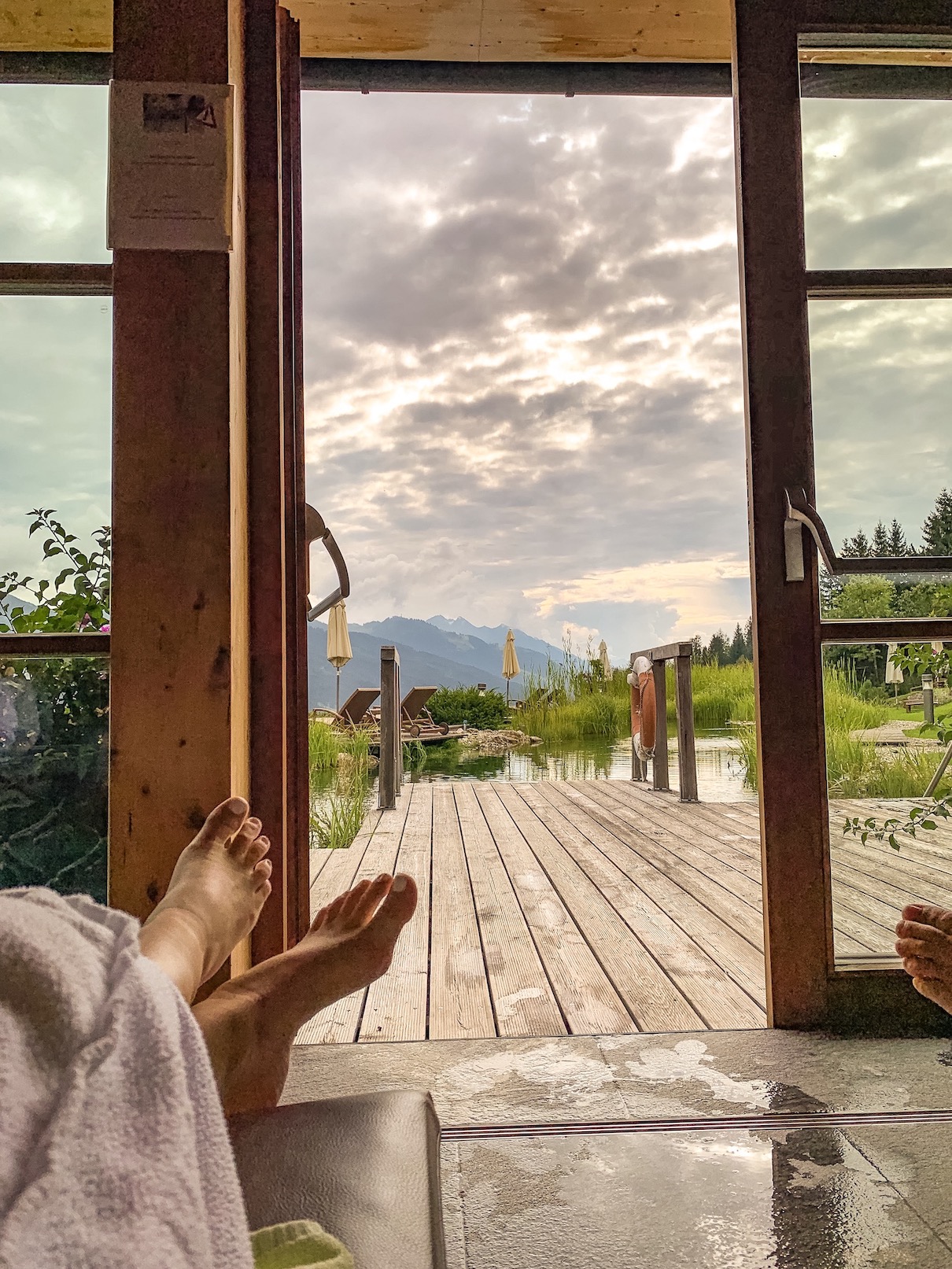
ENTRY, VISA AND ON THE ROAD ON SITE - TRAVEL TIPS AUSTRIA
Depending on where you live, the best way to get to Austria is by plane, car or train.
Austria has several international airports such as Vienna, Salzburg, Graz, Linz, Klagenfurt or Innsbruck. Vienna in particular is a hub for medium and long-haul flights. The airports are relatively well spread across the country. But also Munich in Germany, Zurich in Switzerland or Bratislava in Slovakia could serve you as an airport for the journey, depending on where you come from or which part of Austria you want to visit.
Long-distance traffic in Austria runs mainly on the major motorways.
The motorways that connect different parts of the country are of particular importance to travelers.
We would like to highlight the A1 Westautobahn, which runs approximately from Vienna to Salzburg and flows into the German A8.
Also important is the A10 Tauern Autobahn, which roughly goes from Salzburg to Villach in Carinthia. From there you can continue to the north-east of Italy to the Adriatic or you can go further east to Slovenia or Croatia.
The A12 Tauern Autobahn leads from the German A93 in Kufstein to the west through Tyrol and also ends there.
At Innsbruck, the A13 Brenner motorway branches off to the south and ends at the border with Italy. Here it goes on to South Tyrol in Italy and then on to Lake Garda.
On all Austrian motorways and expressways, you have to pay a toll for usage. You can buy a vignette that is valid for ten days, two months or a year. The vignette is available at many sales outlets such as petrol stations or online. But keep in mind that you have to buy the digital vignette 18 days before use. We don't know why that is. Some tunnels and pass roads are also subject to tolls.
A speed limit of 130 kilometers per hour applies to Austrian motorways. At least one safety vest must be carried in every vehicle. You can find more precise and always up-to-date information on the Asfinag website.
You also cross the country in all directions by train. The main long-distance routes run from Vienna to Bregenz, from Salzburg to Klagenfurt, from Vienna to Villach, from Innsbruck to Graz and from Linz to Graz.
You can also travel to Austria from neighboring countries. This goes without any problems to and from Germany, the Czech Republic, Poland, Switzerland, Hungary, Italy, Slovenia or Slovakia.
Petrol is much cheaper in Austria than in other EU countries. This does not apply to diesel. Of course, the fuel prices on highways are very expensive.
As a citizen of a country under the Schengen Agreement, you can enter Austria with a passport or ID card and move freely within the Schengen borders.
Citizens of most other countries need a Schengen visa that entitles them to stay in Austria for 90 days. As always, there are of course exceptions here, whose citizens can enter Austria without a visa. As always, this information is not guaranteed. Current and exact information can be found here..
Due to the wave of refugees in Europe, you must also expect border controls at the intra-Schengen borders.
MONEY AND TOOLS - TRAVEL TIPS AUSTRIA
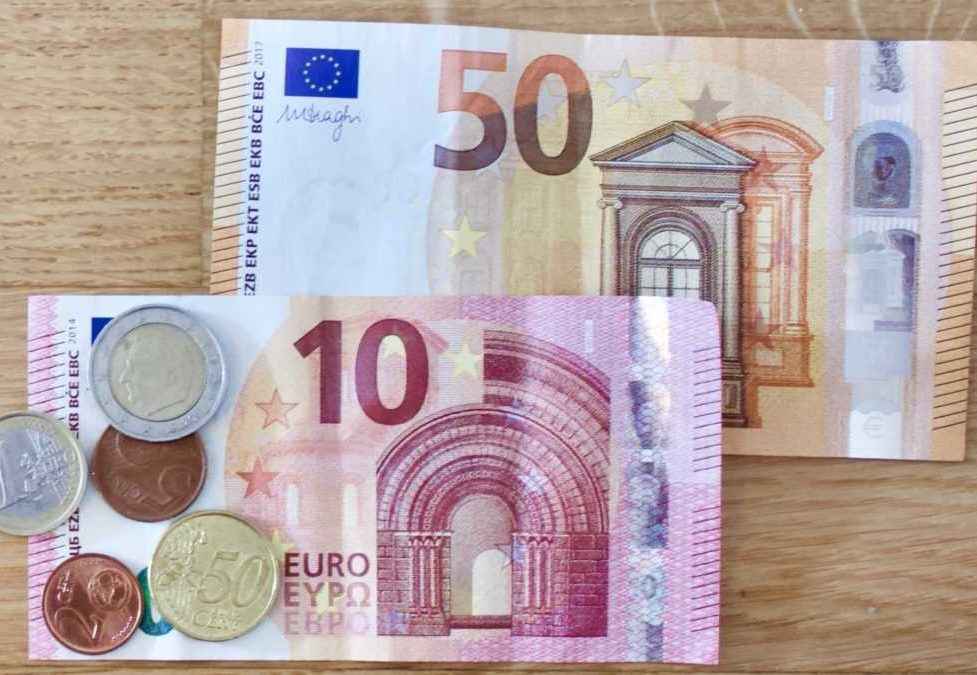
In Austria, as in the entire euro area, the euro is used to pay.
You can easily withdraw money from ATMs. You can find them in all banks and in many public places - not only in the cities, but also in the villages.
Credit card payments are usually possible without problems in larger supermarkets, shopping centers, petrol stations or restaurants in cities. In the country, in smaller restaurants, only cash or EC cards are sometimes accepted.
In restaurants, it is common, but not mandatory, to tip if you are satisfied. Depending on the invoice amount, five to ten percent is certainly not wrong.
SIM CARD - TRAVEL TIPS AUSTRIA
If you have an EU mobile phone contract, you can use it at home thanks to the abolition of roaming fees within the EU without additional fees. It's not always that easy with prepaid contracts. Check with your provider beforehand.
If you don't have an EU contract, it's best to get an Austrian prepaid SIM package. In Austria there are three providers, T-Mobile, A1 and Drei.at.
The prices in Austria are incredibly cheap, so you can get a gigabyte of data from just one euro. The network coverage is relatively good.
The disadvantage is that you can only use these prepaid offers within Austria and therefore do not benefit from EU roaming.
If you visit Germany before Austria, for example, you should get a SIM card with a bit more data volume there and benefit from the EU roaming in Austria too.
PEOPLE AND CULTURE - TRAVEL TIPS AUSTRIA
In Austria, as in every other country, there are different types of beatings by people. From the grantler to the cosmopolitan globetrotter.
But everyone combines a certain warmth and honesty. Some show this immediately, others are somewhat skeptical and take longer to warm up with one.
In our eyes, our neighbors attach great importance to preserving old traditions and attach great importance to quality.
Above all, music, high-quality craftsmanship, cuisine and the incredibly impressive nature shape the country's culture.
CUISINE - TRAVEL TIPS AUSTRIA
One of the reasons why we love Austria so much is the country's outstanding cuisine.
We Germans also have delicious dishes, but the quality of the ingredients is the be-all and end-all of philosophy in every country inn in Austria. In Germany or other European countries there are also many restaurants at a super level with great ingredients. However, there is often a price war in the middle and lower levels, which then affects the quality of the ingredients.
That hasn't happened to us in Austria. No chef or hotelier can say anything.
This manifests itself, among other things, in the fact that you will always find a list of food suppliers and manufacturers on the first page of an Austrian menu.
The agriculture of the Austrians of course also produces brilliant products and of course the catering industry is happy to accept this template. An expression of appreciation of regional producers and of pride in their homeland.
The traditional Austrian cuisine is a little hearty, but always of excellent taste.
In recent years, many young cooks have renewed traditional Austrian cuisine with their own ideas and targeted accents from other kitchens, so that today you can enjoy traditional dishes in a light and elegant version with regional ingredients in many places.
Austria also has a garden tradition. In many places you will find attractively laid tables under ancient chestnuts or in a beautiful garden.
In Austria there are some special forms of gastronomy such as the Heuriger, the Buschenschank, the Almausschank or the Winzerstube. In summary, these are all gastronomic forms in which the producer serves his own products. Most of these are alcoholic beverages such as wine, beer, must or fruit brandy.
The Viennese coffee house tradition is also a typical form of gastronomy in Austria. Sacher cake and extended afternoon. We don't say no to that either.
Austria has achieved a high reputation worldwide for top wines. That is also the reason why Austrians mainly drink their own wine - and rightly so. Austria is best known for Zweigelt, Riesling, Welschriesling and Grüner Veltliner. The major growing regions are mainly in the south and east of the country.
The distillery of fruit brandy also has a long tradition in Austria. Austria is a country where fruit is grown. Therefore, the excellent fruits are also processed into high-proof. Apricot, rowan berry, dirndl, holster or sour cherry are some of the typical types of schnapps in Austria. Always make sure to order a brand or brandy to get the best and natural quality. Do not order schnapps that are labeled as schnapps, spirits or alcohol products. Sugar, flavor or neutral alcohol are always added.
You can marvel at, taste and buy all the products mentioned, for example at the Vienna Naschmarkt or the Salzburg Schrannenmarkt. Of course there are markets like this across the country.
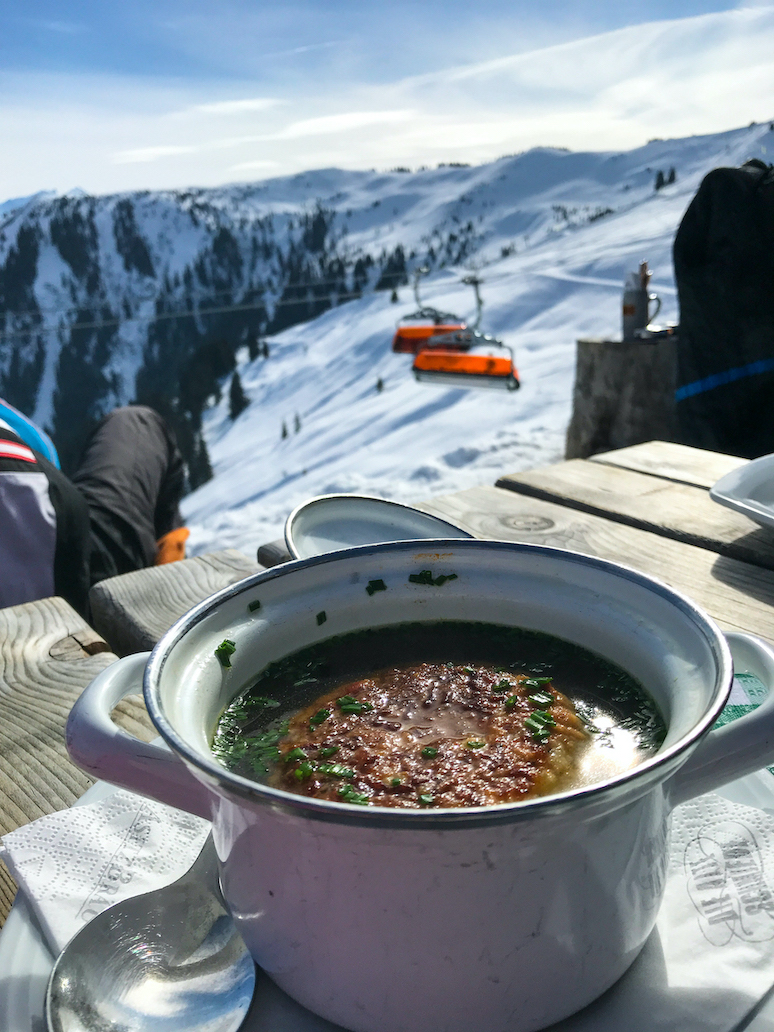

NATURE AND GEOGRAPHY - TRAVEL TIPS AUSTRIA
Geographically, the Alps and the rivers are the dominant elements in Austria.
Austria comprises three geological areas: the forelands and the edge alpine basin, the gneiss and granite highlands and of course the Alps.
The alps
The Alps are clearly the most prominent geographical and geological feature of Austria. For many of you, the Alps will also be the reason why you want to go to Austria and read these Austria travel tips.
According to the classification of the Alpine Club, Austria lies in the central and northern Eastern Alps. The best known and most important mountain ranges in Austria are the Hohe and Niedere Tauern, the Tyrolean Central Alps and the Northern and Southern Limestone Alps.
We are mostly in the Northern Limestone Alps, which include the Dachstein Massif, the Dead Mountains, the Karwendel, the Wilde Kaiser, the Berchtesgaden Alps, the Gesäuse, the Rätikon, the Wetterstein Mountains, the Leoganger and Loferer Steinberge and the Tennen Mountains .
The highest mountain in Austria is the Großglockner with 3,798 meters in the Hohe Tauern.
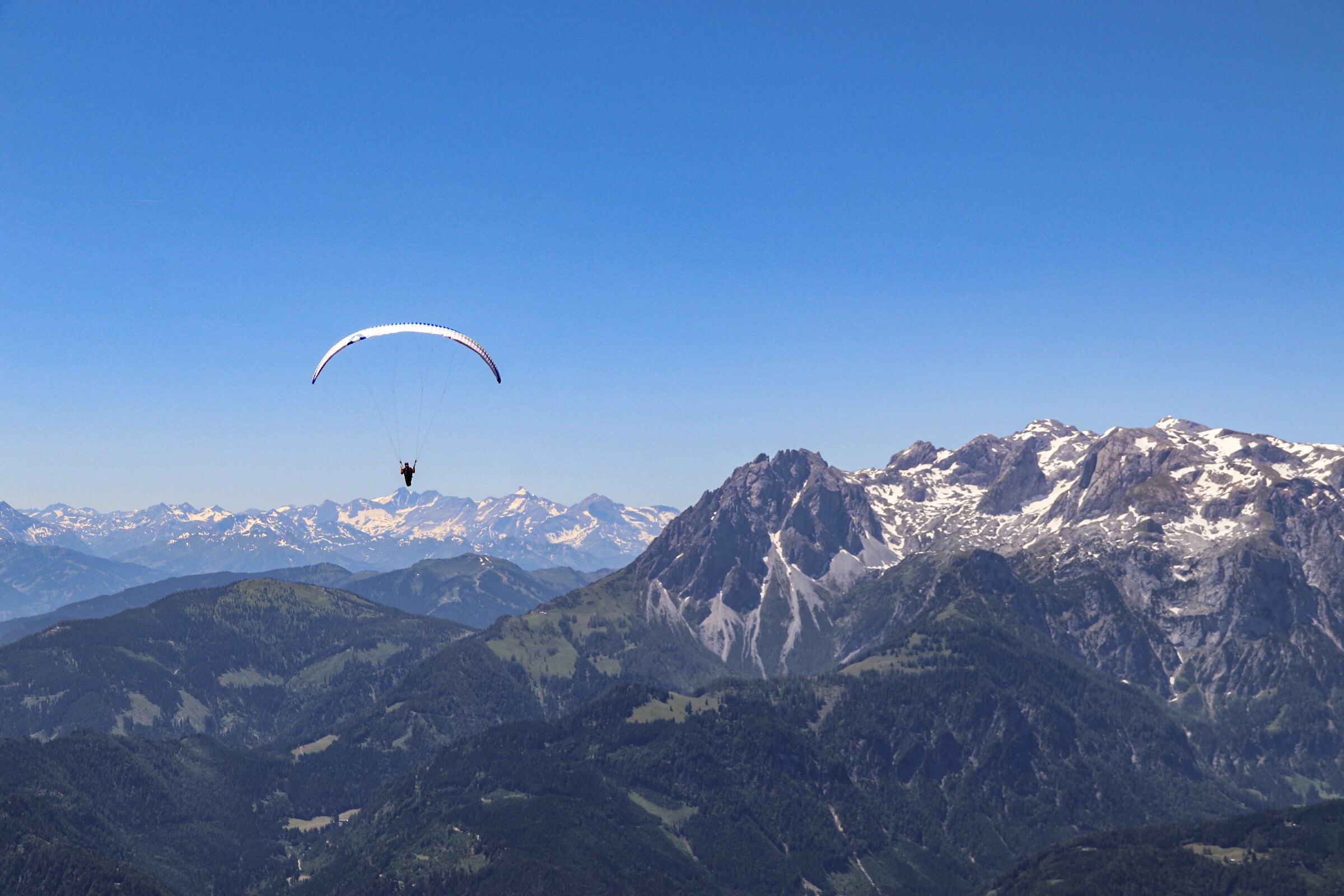
The rivers
The most important river for drainage in Austria is clearly the Danube, because almost all of Austria's rivers sooner or later flow into the Danube. The rivers, which have eaten deep furrows and valleys into the Alps for thousands of years, are much more scenic. Emerald rivers flowing between high gray rock walls. Rushing mountain streams that plunge through narrow gorges. You can find all of this on the Inn and on the Salzach and its tributaries.
The Inn originates in Switzerland and flows through Tyrol from west to east and leaves Austria at Kufstein and flows into the Danube in Passau, Germany.
The Salzach rises in the Kitzbühel Alps and then runs from west to east in the Salzach valley north of the Großglockner group until it turns north between Schwarzach and St. Johann im Pongau and leaves Austria in Austria at Salzburg.
So if you like water sports, the Salzach Valley and the Inn Valley should be your starting points.
The lakes
Austria as the land of mountains and rivers naturally also has a large number of wonderful lakes. Shallow steppe lakes, glittering high mountain lakes or deep blue lakes embedded between steep rock faces. In total there are probably more than 25,000 lakes.
From the shallow Lake Neusiedl in the far east on the border with Hungary to Lake Constance in the far west. The Austrian share of Lake Constance is relatively small.
The Carinthian Lakes are also very well known, such as the world-famous Wörthersee, Millstätter See, Ossiacher See, Weißensee and Faaker See.
The Tyrolean lakes such as the well-known Achensee or emerald-green and crystal-clear Fernsteinsee are also beautiful.
Zell am See is popular in the Salzburg region.
For us, however, one region is outstanding among the Austrian lake regions - the Salzkammergut. The Salzkammergut is a region that lies in the two federal states of Upper Austria and Styria. The region is bordered by the Dead Mountains, the Dachstein Massif and the Hell Mountains.
Here you can book a tour of Salzburg and the Salzkammergut [ad].
Geographically, it is characterized by the Alpine foothills in the north, low mountain regions and the high alpine parts of the Limestone Alps.
In the Upper Austrian part of the Salzkammergut are the incredibly deep Traunsee in the Almtal, on the banks of which is the porcelain town of Gmunden. Gmundner tableware is a worldwide export hit.
The Mondsee - nestled between Drachenwand and Schafberg is a wonderful swimming lake on the border with the state of Salzburg.
The mighty Attersee is the largest lake in Austria, which lies entirely on Austrian territory.
Most of the Wolfgangsee, located in the Salzburg region, is known and famous for the singing play "Im Weißen Rössl", but it is one of the most beautiful lakes we know. When you can catch a glimpse of Lake Wolfgang on a sunny and windy day at St. Gilgen and see hundreds of snow-white sailing boats on the emerald-green lake, this is a special moment.
An eye-catcher is of course the Fuschlsee in the state of Salzburg. Its green color is phenomenal. Fuschlsee is also known for its wonderful castle, which served as the location for the Sissi films and is now a luxurious 5-star hotel.
Lake Hallstatt near Hallstatt is now very well known and well visited. This wonderful lake lies on the border between Upper Austria and Styria. The highlight of the lake is the idyllic lake promenade with the cute little houses, which are reflected in the lake against the alpine backdrop. Lake Hallstatt is apparently a hit with Asian tourists in particular. Here you can book a tour from Salzburg to Hallstatt [ad]. Another highlight is the salt mine, which was carved into the rock walls at the lake.
Other highly recommended lakes are the Irrsee and Hintersee.
The Styrian part of the Salzkammergut is also worth a visit. The idyllic Altaussee lake with steep walls on one side and dense forests on the other side invites you to take a long walk.
You will experience a special mysticism at the Toplitzsee, because according to legend Nazi gold was sunk there in the last days of the Second World War. A museum that deals with the numerous attempts to recover it can be found on the shores of the lake. Hidden in a small forest at the end of the lake is another lake with the small Kammersee. At the end of it lies the source of the Traun, which first surrounds the Kammersee, then the Toplitzsee, and the entire Salzkammergut until it flows into the Danube near Linz.
Another great lake in the Ausseer Land is the Grundlsee, which is remembered by its clear and clean water and the great location in the middle of the surrounding mountains and hills.
A hotel that we visited in the Ausseer Land and can recommend you without reservation is the WASNERIN [ad].
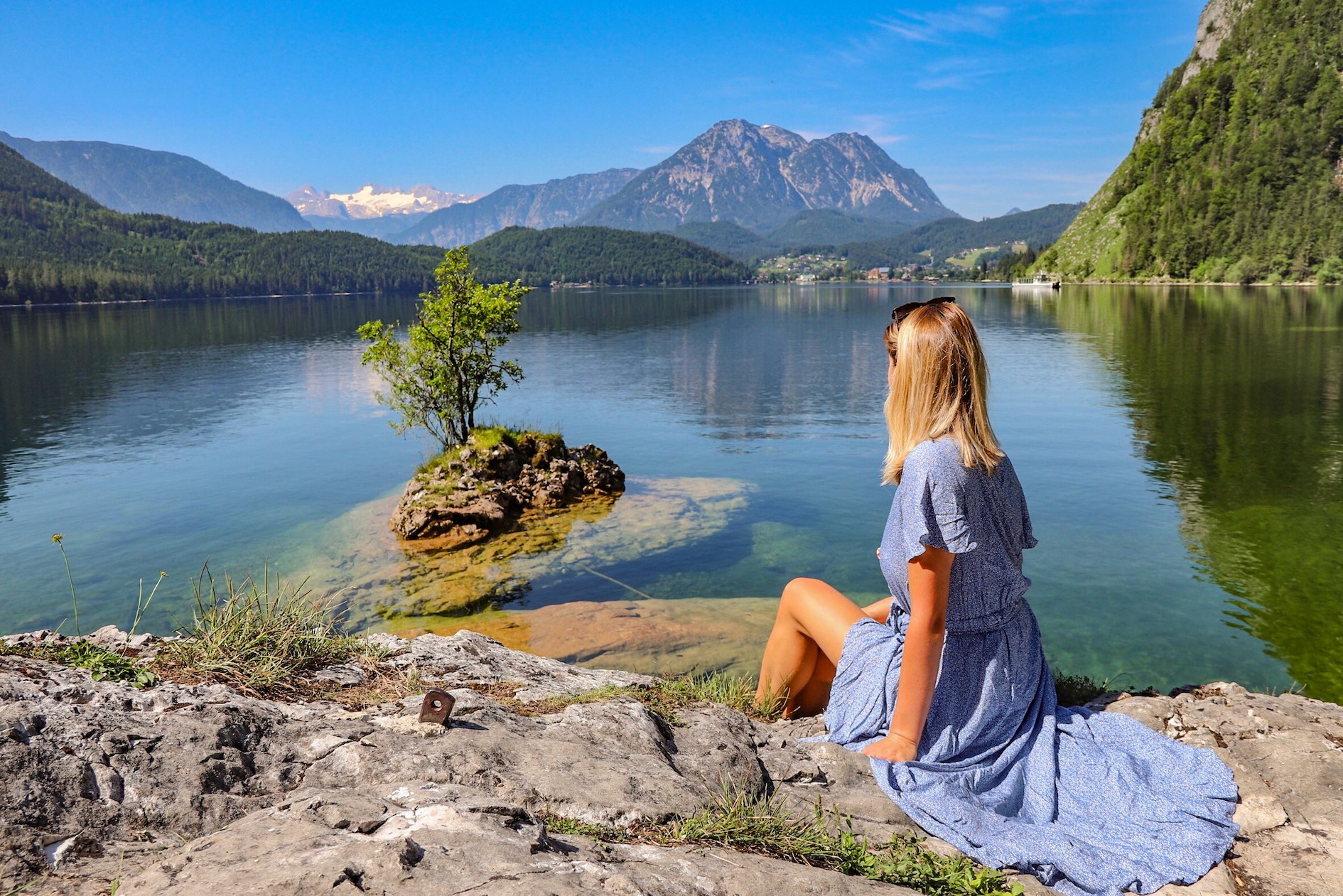
Climate
Austria is characterized by a temperate climate. High rainfall north of the Alps and warmer Mediterranean climate south of the Alps. The precipitation decreases from west to east.
The winter months from December to March are characterized by cold temperatures beyond freezing with a lot of snowfall - especially at higher altitudes. For winter sports fans, this is the time when you should visit Austria.
In April and November, the SPA fans will get their money's worth. Favorable offers due to the bad weather also tempt you into the saunas and steam baths of the wonderful hotels.
From May to October, nature, mountain and hiking fans get their money's worth and enjoy the lakes at temperatures around 30 degrees in midsummer.
There is snow in the high mountain regions until the middle of the year. In the glacier areas all year round.
CONCLUSION - TRAVEL TIPS AUSTRIA
We only drive a few minutes and we are in Austria. Every time we go there for a day trip or a weekend trip, we simply enjoy the incredibly beautiful nature and the delicious food.
We recommend Austria and its wonderful nature to you. Maybe it will be your favorite travel destination.
